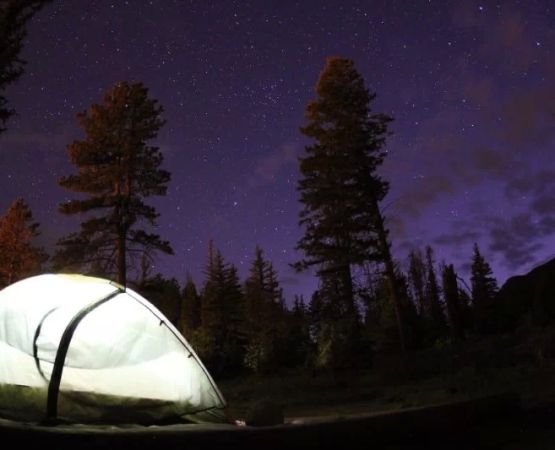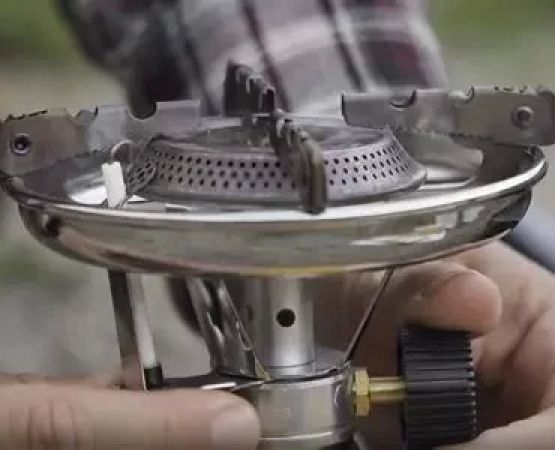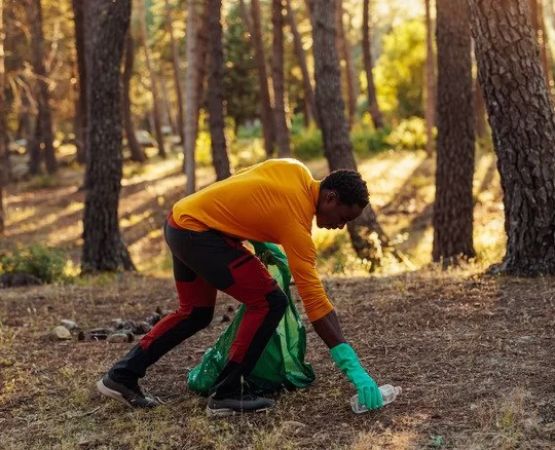How to Navigate Using a Map and Compass: A Beginner’s Guide
As a frequent hiker and adventurer, I’ve learned that knowing how to navigate with a map and compass is one of the most valuable skills you can have. Whether you're hiking in the mountains, exploring the wilderness, or simply trying to find your way in a new city, these tools can be lifesavers when the trail gets tricky or when technology fails you. I remember my first solo hike, where I relied solely on my map and compass to find my way. It was an eye-opening experience, and it taught me the importance of traditional navigation skills. In this article, I’ll walk you through the essential steps to navigate using a map and compass, giving you the confidence to explore the outdoors on your own.
1. Understanding the Basics: Map and Compass
Before diving into navigation techniques, it’s crucial to understand the basic components of the two primary tools you’ll be using: the map and the compass. Both are relatively simple in concept but highly effective when used correctly.
A map is a two-dimensional representation of the terrain, showing features like mountains, rivers, roads, and trails. It provides valuable information such as distances, elevation changes, and the general layout of the land. Maps are available in various scales, with larger-scale maps showing more detailed features, and smaller-scale maps providing a broader view of a larger area.
The compass is a tool that helps you determine direction. The most common type used for navigation is the magnetic compass, which points to magnetic north. A compass consists of a needle, a rotating bezel, and degree markings to help you orient yourself and align your map with the environment around you.
2. Preparing for Your Journey: Key Tools and Techniques
To get started, it’s important to have the right tools. In addition to a map and compass, you’ll also need a few other things to make navigation easier:
- Protractor or Ruler: This helps you measure distances on the map accurately.
- Paper and Pen: To take notes and mark key points on your map.
- Watch: A watch can be handy for timing your navigation and estimating how long it takes to get from one point to another.
One key technique I’ve found incredibly helpful is orienting the map to the terrain. To do this, you align your map with the natural landscape by using the compass. It allows you to see your surroundings in a way that directly matches what you’re holding in your hands.
3. How to Use a Compass for Navigation
The next essential step in learning how to navigate with a map and compass is understanding how to use your compass effectively. Here's a simple step-by-step guide:
- Step 1: Hold your compass flat in your hand, with the needle pointing toward you.
- Step 2: Rotate the bezel until the orienting arrow lines up with the magnetic needle. This will set your compass to point to magnetic north.
- Step 3: To determine a bearing, find the direction you want to travel on the map and place your compass along the edge of the map. Adjust the bezel to the desired heading.
- Step 4: Once your compass is set, follow the direction indicated by the compass needle. Keep the compass flat and level as you walk.
This technique allows you to navigate directly to a target on the map, adjusting your route as needed. I remember using this method to navigate through a dense forest during one of my backpacking trips. The clear and consistent direction helped me stay on track even when the trail wasn’t visible.
4. Map Reading Skills: How to Read a Topographic Map
Knowing how to read a map is just as important as knowing how to use a compass. Topographic maps, which show elevation changes and other natural features, are particularly useful for outdoor navigation. The key components of a topographic map include:
- Contour Lines: These lines represent changes in elevation. The closer the lines, the steeper the terrain.
- Scale: The scale tells you how much area is covered on the map, allowing you to measure distances accurately.
- Legend: The legend provides an explanation of symbols used on the map, such as trails, roads, and landmarks.
When reading a map, the first thing you need to do is orient it. Align your map with the physical landscape around you by using a compass. This makes it easier to identify landmarks and navigate your route. I often rely on distinct features, such as mountain ridges or rivers, to confirm my location.
5. Combining Map and Compass for Accurate Navigation
Once you’ve familiarized yourself with both your map and compass, the next step is combining both tools for effective navigation. Here’s a method that’s worked well for me in the past:
- Step 1: Set your compass to the desired bearing (as explained earlier).
- Step 2: Align the edge of your compass with the map, ensuring the bearing matches the direction you need to travel.
- Step 3: Follow the bearing by keeping the compass needle aligned with the orienting arrow while walking. Regularly check your compass and map to ensure you're staying on course.
- Step 4: Periodically look up from your compass and use landmarks to verify your position on the map.
By combining these two tools, you can confidently navigate any terrain. I’ve used this method during several outdoor adventures, including hikes in rugged mountainous areas, where trails were not clearly marked, and the terrain was difficult to navigate.
6. Troubleshooting: How to Correct Navigation Mistakes
Even with the best preparation, mistakes can still happen. One of the most common errors is not staying on course, either by veering off the intended bearing or misreading the map. If you find yourself off track, here’s what you can do:
- Stay Calm: Panicking can make it harder to think clearly. Stop, take a deep breath, and evaluate your situation.
- Reorient the Map: Use your compass to get back on track. If you’ve wandered too far off course, you may need to retrace your steps or use your map to identify a new route.
- Identify Landmarks: Use visible landmarks around you to reorient your map and confirm your location.
By being methodical and calm, you can correct mistakes and continue your journey confidently. On my last solo hike, I made a small navigation error, but by pausing and rechecking my compass, I was able to correct it without much delay.
In conclusion, learning how to navigate using a map and compass is an essential skill for anyone venturing into the outdoors. By mastering these tools, you gain confidence and independence, allowing you to explore new areas with ease. Ready to hit the trails and put your navigation skills to the test? Start practicing today and experience the thrill of navigating the wilderness!






